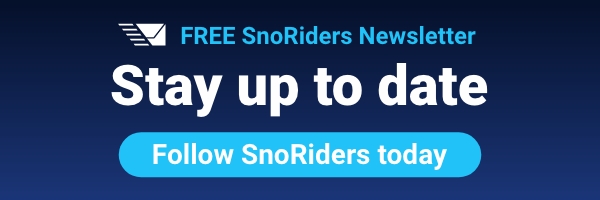A couple months ago I had the pleasure of going on a day long sledding excursion, compliments of Toby Creek Adventures. While the sled day is worthy of a totally separate story, I was particularly impressed with all of the different safety aspects of the company that goes on behind the scenes.
From day one, Toby Creek Adventures has had a comprehensive safety plan in effect that is continually improving. All of the guides have gone through the Canadian Avalanche Association (CAA) Operations Level 1 certification and have various other credentials.
Scott Barsby, owner of Toby Creek Adventures, said the sole reason he is so set on safety is because he needs to guarantee a safe product to his customers.
“We have to know what we are doing daily and we need to ensure that we are offering a safe product for the consumer,” said Barsby. “If you are not on to safety, you might as well go home.”
Barsby said that a lot of his snowmobile guides have their CAA operations level 2 certification, which requires at least 100 days of operational field experience making and collecting weather, snowpack and avalanche activity observations. And one of Barsby’s guides, forecaster and safety operations manager Jason Smith, will be the first Canadian in the snowmobile industry to obtain his CAA operations level 3 certification.
“(Smith) will be able to do avalanche backcountry plans for other operators or snow industry businesses,” said Barsby. “He will be starting a set schedule of avalanche courses to be coming out next year at our base of operations. We will have a full-on program being offered in the (Columbia Valley) and people can come and go as they please on different dates.”
Test and control
Toby Creek Adventures also works with varying companies that invent, produce and manufacture avalanche safety gear. For three years, Toby Creek Adventures worked directly with the company in Minnesota that founded the Avi Vest—a vest that uses compressed air to bring a person to the surface, should he or she be caught in an avalanche.
“Basically, they supplied us with a bunch of vests and and we comment on them and how they fit and what we would like to see changed on them,” said Barsby. “Then they work on the gear and develop it. Then they have to test it to make sure that it will withstand an avalanche…It is one of the best jobs that you could find in this field. There is lots of action in the development of these products…And these vests really work.”







